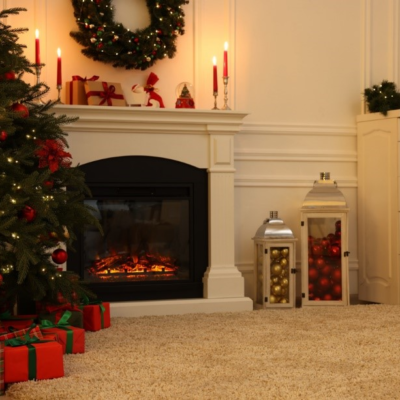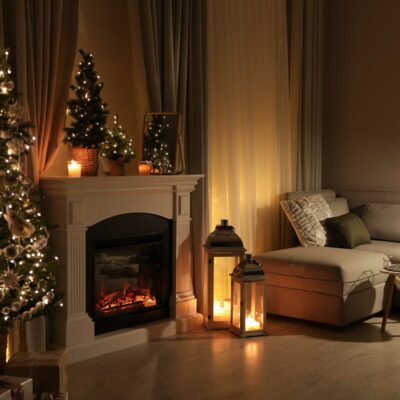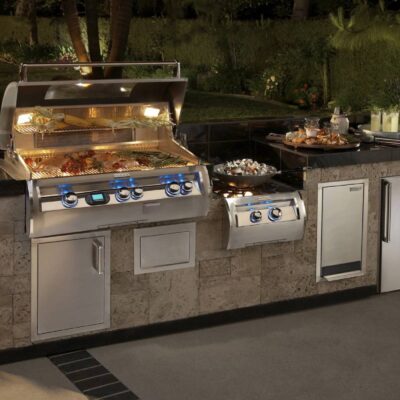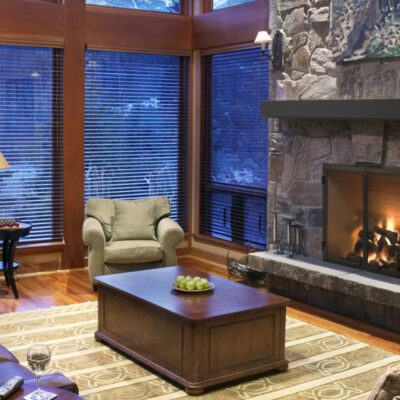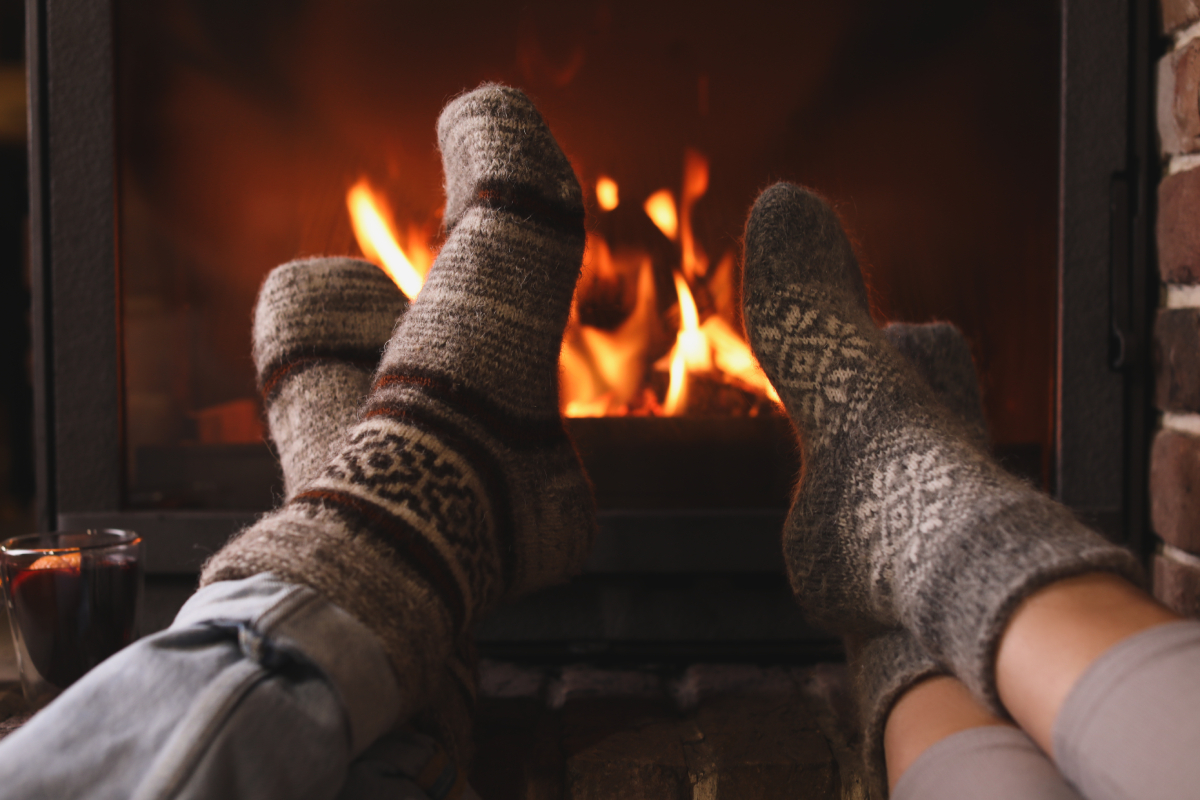
With the crisp autumn air arriving, there’s nothing quite like the warm glow of a fireplace to make your home feel inviting and cozy. Whether you dream of spending quiet evenings reading a good book or a festive gathering with family and friends, getting your fireplace ready for the season is a must. Beyond just safety and maintenance, a little style refresh can transform your hearth into a stunning centerpiece.
Follow these seven essential tips to make sure your fireplace is ready for cozy fall evenings while adding charm and functionality to your home.
1. Schedule a Professional Inspection and Cleaning
Before you light your first fire of the season, having your fireplace and chimney inspected and cleaned by a professional is important. Over time, creosote, soot, and other debris can build up inside your chimney, posing a fire hazard. A professional will check for blockages, cracks, or other potential issues that could impact the safety and efficiency of your fireplace. Regular cleaning will keep your fireplace looking great and help it function more efficiently.
2. Check for Drafts and Seal Gaps
A well-sealed fireplace will help maintain a steady temperature in your home and prevent drafts that can increase energy bills. Inspect the area around your fireplace for any gaps, cracks, or air leaks. Consider using a fire-resistant sealant to close any small openings. For wood-burning fireplaces, ensure the damper is working correctly and forms a tight seal when closed to prevent heat from escaping when the fireplace is not in use.
3. Upgrade Your Fireplace Style
Once your fireplace is safe and clean, it’s time to give it a style boost to match the cozy autumn aesthetic. Consider upgrading your fireplace mantel or surrounding tiles for a fresh, updated look. You can choose from options like rustic wood mantels, sleek stone surrounds, or custom glass enclosures to complement your home’s interior design. Adding decorative accessories like firewood baskets, stylish fireplace tools, or a new set of andirons can also enhance the visual appeal of your hearth.
4. Ensure Proper Ventilation
Proper ventilation is key to keeping your fireplace safe and efficient. Ensure the chimney cap is intact and free of debris obstructing airflow. For gas fireplaces, check that the vents are clean and unobstructed. This will help prevent smoke and fumes from backing up into your home. If you notice any unusual odors or smoke inside your house while the fireplace is in use, it’s a sign that you may need a professional inspection to address ventilation issues.
5. Stock Up on the Right Supplies
If you have a wood-burning fireplace, now is the time to stock up on firewood. Choose seasoned hardwoods like oak, maple, or birch, which burn longer and produce less creosote buildup. Avoid using softwoods like pine, as they contain more sap and can increase the risk of chimney fires. Keep your firewood in a dry, covered location and use a moisture meter to ensure it has a moisture content of less than 20% before burning. For gas fireplaces, ensure you have spare batteries for your remote and a backup supply of gas logs if needed.
6. Test Smoke and Carbon Monoxide Detectors
Safety should always come first when using your fireplace. Ensure your smoke and carbon monoxide detectors are working properly and have fresh batteries. Place detectors in the same room as your fireplace and in nearby bedrooms to ensure you are alerted to any potential dangers, even while you sleep.
7. Prepare for Unexpected Weather
Fall weather can be unpredictable, so preparing for unexpected cold snaps or storms is wise. Have a set of fireplace tools, gloves, and a fire extinguisher nearby in case of emergencies. If you lose power, your fireplace can be a reliable heat source, so ensure it’s always ready to use when needed.

